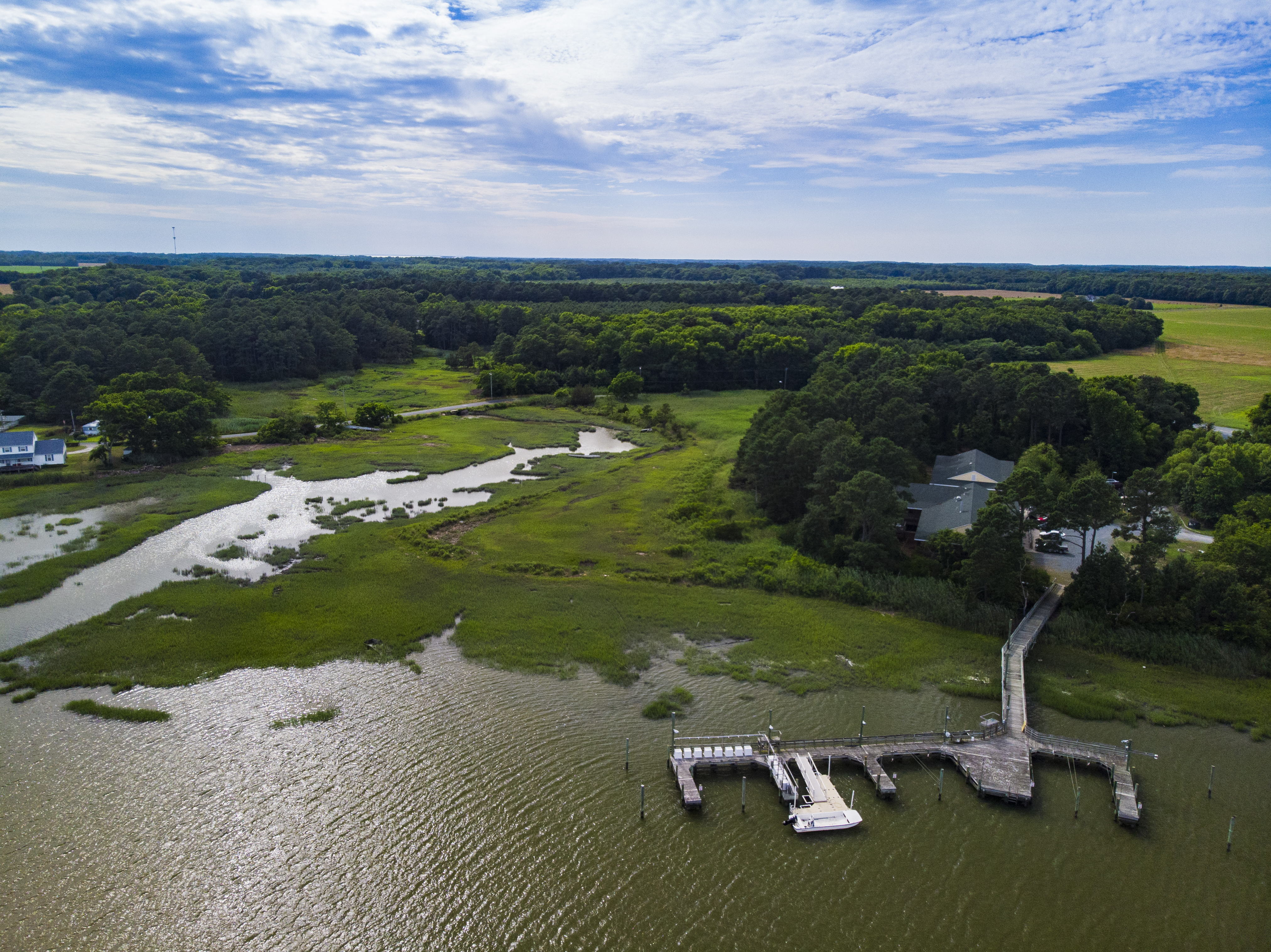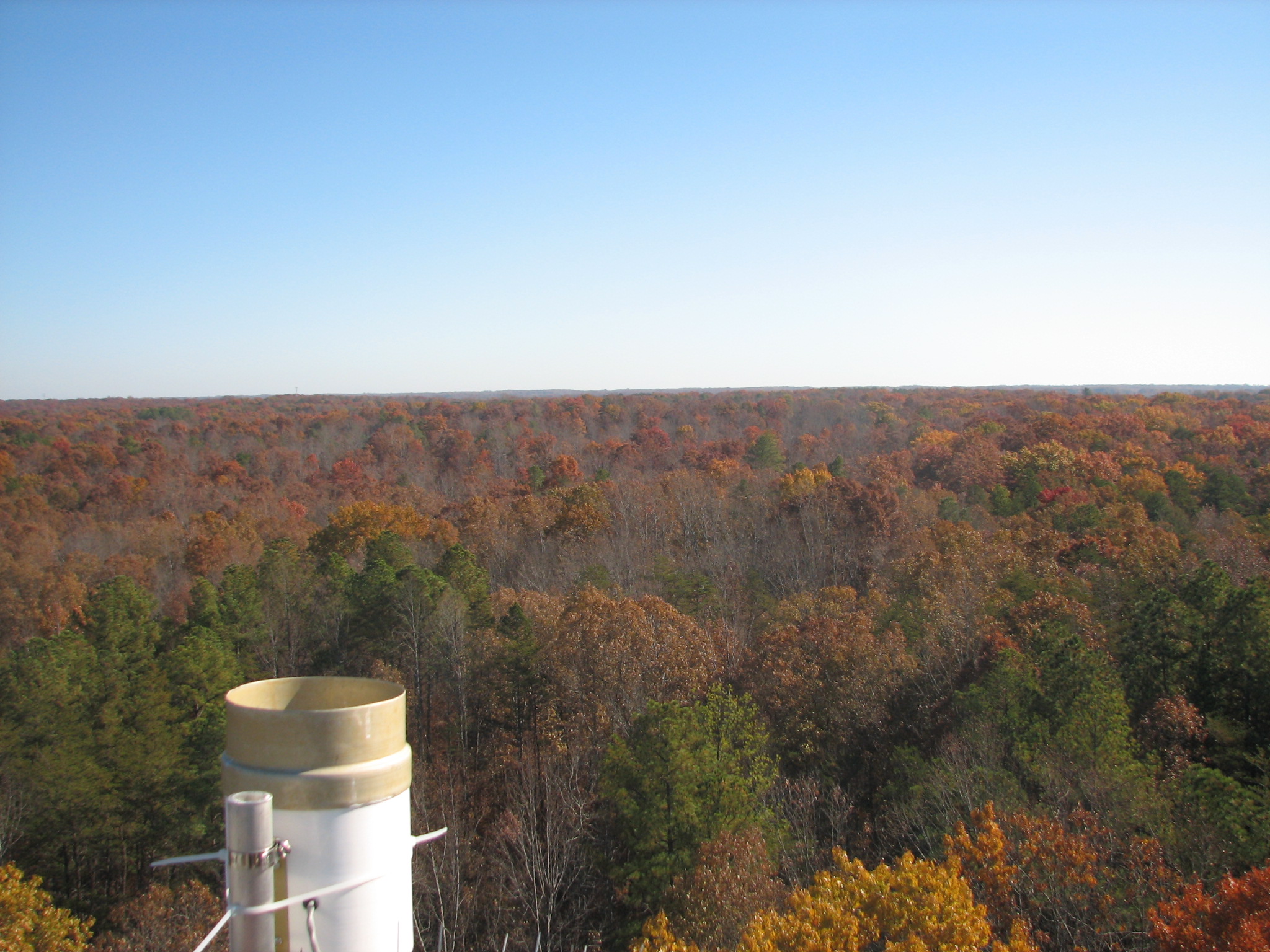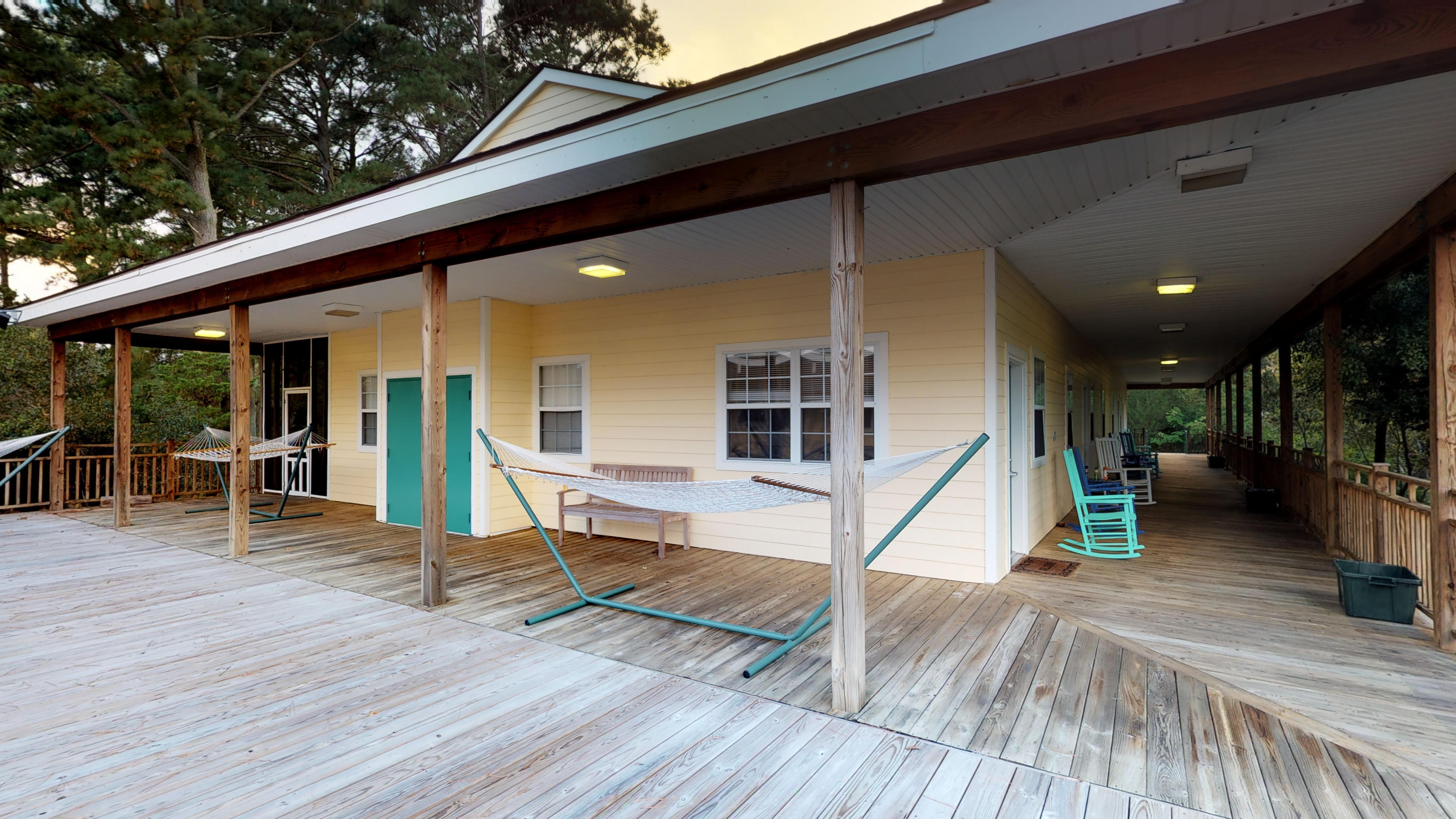 The Department of Environmental Sciences is located in Clark Hall, along with the Brown Science and Engineering Library, on the Central Grounds of the University of Virginia. The construction of the Clark Hall annex and the renovation of the original Clark Hall, which were completed in 2003, provide the department with state-of-the-art laboratory, classroom, and office facilities. Additional on-Grounds laboratory space is located in Kerchoff Hall and on Observatory Hill.
The Department of Environmental Sciences is located in Clark Hall, along with the Brown Science and Engineering Library, on the Central Grounds of the University of Virginia. The construction of the Clark Hall annex and the renovation of the original Clark Hall, which were completed in 2003, provide the department with state-of-the-art laboratory, classroom, and office facilities. Additional on-Grounds laboratory space is located in Kerchoff Hall and on Observatory Hill.
 The department operates the Anheuser-Busch Coastal Research Center (CRC) on the Eastern Shore of Virginia, which is the operational base of the Virginia Coast Reserve Long-Term Ecological Research (VCR/LTER) program. The CRC provides 9000 square feet of laboratory space, dorms that sleep 28 in apartment-style suites, a network of environmental sensors, and a fleet of research vessels for reaching coastal study sites. Individuals from all disciplines in the department as well as scientists from other universities and institutions carry out research related to coastal systems through the support of CRC staff, facilities, and the LTER project.
The department operates the Anheuser-Busch Coastal Research Center (CRC) on the Eastern Shore of Virginia, which is the operational base of the Virginia Coast Reserve Long-Term Ecological Research (VCR/LTER) program. The CRC provides 9000 square feet of laboratory space, dorms that sleep 28 in apartment-style suites, a network of environmental sensors, and a fleet of research vessels for reaching coastal study sites. Individuals from all disciplines in the department as well as scientists from other universities and institutions carry out research related to coastal systems through the support of CRC staff, facilities, and the LTER project.
The department is also the academic home of Blandy Experimental Farm. Located near Front Royal, VA, Blandy Experimental Farm’s 712 acres include early successional fields, forests, wetlands, and farmland. Facilities include a 4000 sq. ft. laboratory, a 2000 sq ft greenhouse, two houses (total 9 bedrooms sleeping 2-4 people each), three cottages (two bedrooms each), dorms (7 rooms), and office space. Blandy is also home to the State Arboretum of Virginia, with approximately 1000 species of native and exotic trees.
Additional research facilities include the Virginia Forest Laboratory (VFL), which is part of the Pace/Steger property located in nearby Fluvanna County. This site hosts a 40-m meteorological tower for measuring trace gas exchange and serves as a locus for interdisciplinary research by departmental faculty and collaborators from other universities. Faculty and students also conduct research at Morven Farm, UVA’s sustainability lab, located a short drive away from Grounds in Albemarle County, and at Mountain Lake Biological Station, a research and teaching facility located in the Allegheny Mountains of southwestern Virginia and administered by the Biology Department.
